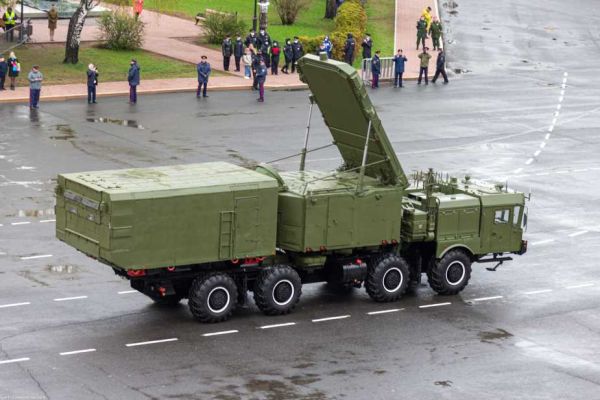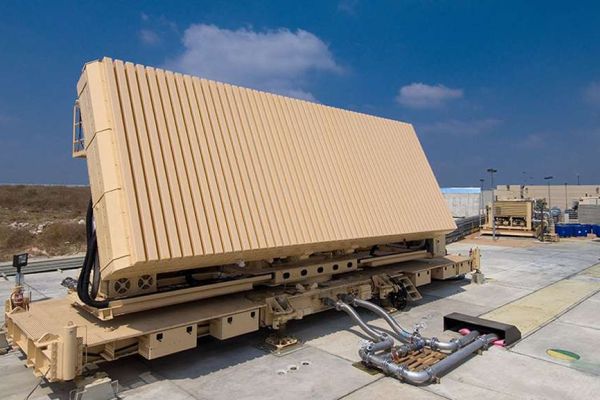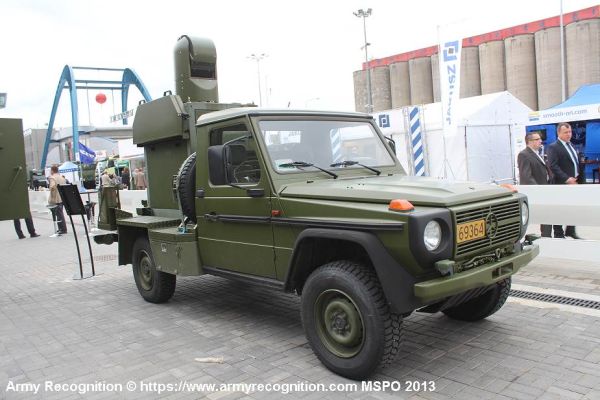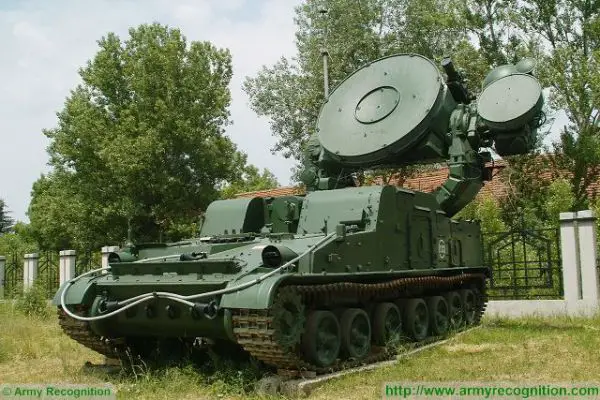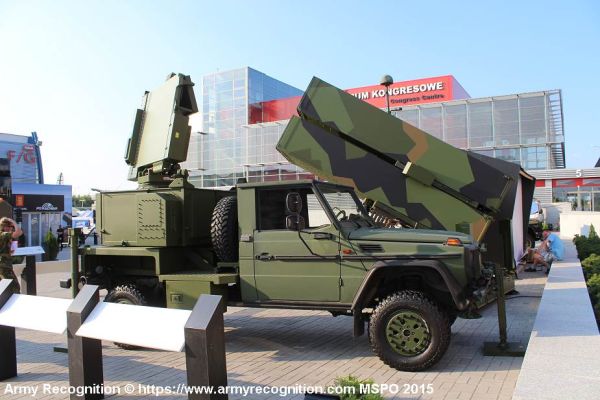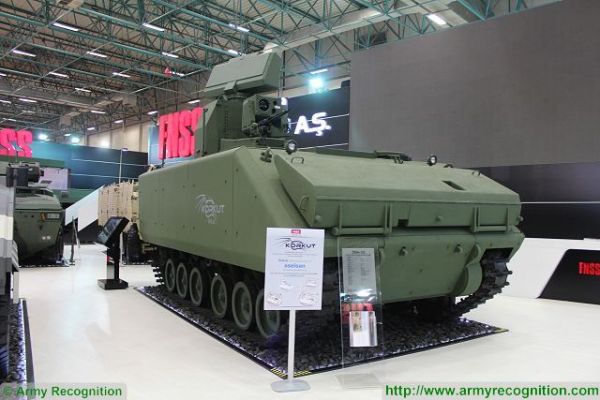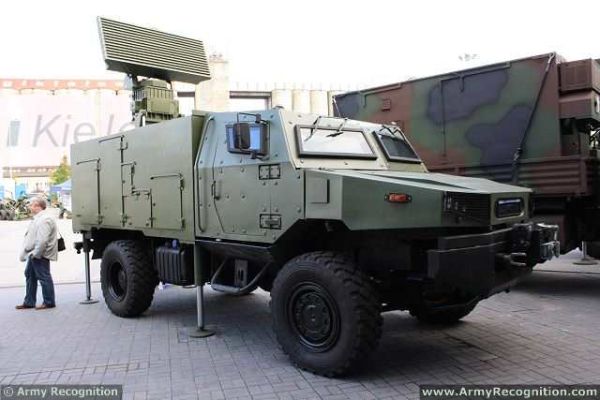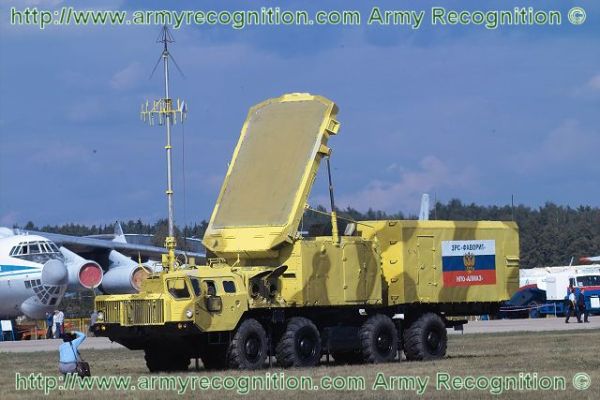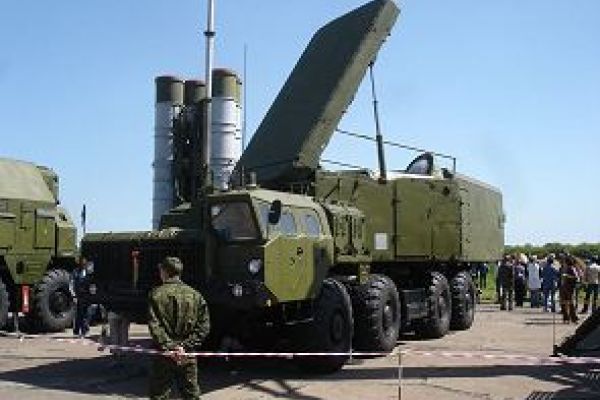Air Defense Radars.
92N6 92N6E Grave Stone Radar.

The 92N6 / 92N6E, NATO code-named Grave Stone, is a highly advanced, mobile radar system developed by the Russian defense industry, specifically by NIIDAR (Scientific-Research Institute of Long-Range Radio Communications). It is a key element of the S-400 Triumf (NATO designation: SA-21 Growler) air defense missile system, providing critical functions in target acquisition, tracking, and guiding interceptors against a broad spectrum of airborne threats.
Country users: Algeria, Belarus, China, India, Russia, Turkey, and other export customers.
Description
The 92N6 / 92N6E, NATO code-named Grave Stone, is a mobile, phased-array radar system designed primarily for long-range target acquisition, tracking, and guiding interceptors as part of the S-400 Triumf air defense missile system. Operating within the I/J-band, the radar features digital beam steering technology, which allows it to quickly and accurately detect and track multiple threats in real-time. It is capable of simultaneously tracking up to 100 targets while guiding multiple interceptors towards high-priority threats. The radar system provides 360-degree coverage, with advanced tracking capabilities that allow it to monitor airspace over a vast area, from low-altitude aircraft to high-speed ballistic missiles.
Development of the 92N6 began in the early 2000s, as part of the S-400 Triumf modernization efforts, responding to the increasing need for a radar system capable of addressing a broader and more complex range of airborne threats. By integrating target acquisition and tracking with the ability to guide interceptors, the 92N6 became an essential component in the overall operational effectiveness of the S-400 Triumf system. The radar entered service in 2007, and its advanced capabilities quickly made it an integral part of Russia’s defense strategy.
The 92N6 radar’s main roles are detecting, tracking, and guiding missiles towards targets across a wide range of altitudes, from low-flying aircraft to high-altitude intercontinental ballistic missiles (ICBMs). Its ability to function in contested electromagnetic environments—such as areas with high levels of electronic warfare (EW) activity—ensures its effectiveness even against advanced enemy countermeasures. The radar’s resilience against jamming and interference allows it to maintain a high level of operational reliability in high-threat environments, making it invaluable for strategic defense.
92N6 radar variants:
- 92N6: The initial version of the radar, introduced as part of the S-400 Triumf air defense system. It features a phased-array antenna, capable of tracking up to 100 targets at ranges of up to 300 km. This version uses digital beam steering and is designed for target acquisition, tracking, and guiding interceptors in complex environments.
- 92N6A: An upgraded version with enhanced anti-jamming and signal processing capabilities, making it more effective in contested electromagnetic warfare (EW) environments. It improves multi-target engagement, system reliability, and the ability to handle more complex operational conditions. The 92N6A has an increased range of up to 480 km and offers higher tracking precision and resistance to interference.
- 92N6E: The export version of the 92N6 radar, tailored for international customers. It retains most of the core capabilities of the original, such as tracking up to 100 targets, but with a reduced range of up to 250 km. The 92N6E includes modifications for easier integration with foreign systems and compliance with export regulations.
Technical Data
-
Design
The 92N6 radar features a large, flat phased-array antenna, which is mounted on the MZKT-7930 8x8 wheeled chassis. This chassis allows for high mobility and rapid deployment, providing the radar system with the ability to operate across a variety of challenging terrains. The phased-array antenna is designed for 360-degree coverage and can be elevated to an optimal operational position once deployed. The system’s control center and communication equipment are housed in a compartment towards the front of the vehicle, where the crew operates the radar.
Inside the vehicle, the crew compartment is designed to accommodate three to four personnel, providing them with ergonomically positioned control panels, monitors, and communication systems for real-time mission management. The radar’s electronic components are housed in rugged, weatherproof enclosures to ensure stability under extreme conditions, and the vehicle is equipped with cooling systems to maintain the radar’s performance.
The MZKT-7930 chassis, with its 8x8 wheeled configuration, is equipped with an independent hydropneumatic suspension system, ensuring high stability during operations, even on rough or uneven terrain. This combination of rugged design and cutting-edge radar technology allows the 92N6 to be highly versatile and deployable in various operational scenarios.
-
Radar Use
The 92N6 radar serves as an essential component in the S-400 Triumf air defense system, enabling the detection, tracking, and interception of a wide array of airborne threats. It plays a crucial role in the system’s ability to track up to 100 targets at once, prioritizing them based on threat assessment and guiding multiple interceptors to counter these targets simultaneously. The radar operates in a highly dynamic, fast-changing combat environment, with the ability to guide multiple missiles against different targets in both subsonic and supersonic speed regimes.
The radar can track targets at a range of up to 300 km, with high-resolution tracking capabilities allowing it to distinguish between different types of threats. It can also track ballistic targets at even greater ranges, which is particularly critical for intercepting long-range missile threats. The 92N6 operates efficiently at altitudes ranging from 20 m (low-level) to 30,000 m (high-altitude), providing all-encompassing surveillance across low, medium, and high-altitude zones.
The radar’s digital beam steering technology allows it to quickly switch between different tracking modes, adapting to the specific mission requirements and threat scenarios. This makes it capable of responding rapidly to changes in the operational environment, such as an increase in electronic warfare activity or the appearance of new threats.
-
Mobility
The 92N6 radar system is mounted on the MZKT-7930 8x8 wheeled chassis, a heavy-duty, highly mobile vehicle that provides outstanding cross-country mobility and allows the radar to be deployed rapidly. The vehicle has a length of 12.7 meters, a width of 3 meters, and a height of 3.29 meters. It weighs 20.5 tons when empty and has a payload capacity of 24 tons, which is sufficient to carry the radar system, crew, and all necessary operational equipment.
The MZKT-7930 chassis is powered by a YaMZ-846 diesel engine capable of delivering 500 hp (or more), which allows the vehicle to achieve a maximum speed of 70 km/h on highways. Its independent hydropneumatic suspension system ensures that the radar remains stable and operational even when traveling across rough terrain or in challenging weather conditions. The vehicle is also equipped with a 24-ton payload capacity, which enables it to transport a range of essential equipment, including power supplies and additional communication systems.
-
Combat Use
The 92N6 radar plays a central role in the S-400 Triumf system’s defense capabilities, tracking and guiding missiles to engage a range of targets. Its key capabilities include tracking up to 100 targets at ranges of up to 300 km, while also maintaining real-time tracking of multiple threats. The radar is capable of engaging targets across a wide altitude range, from low-flying aircraft to high-speed ballistic missiles and cruise missiles.
The radar’s anti-jamming technology allows it to remain operational even in the presence of enemy electronic warfare activities, ensuring that the S-400 Triumf system can operate effectively under adverse conditions. Its ability to track ballistic missiles at long ranges and in high-density environments is one of the standout features that distinguishes the S-400 Triumf as a world-leading air defense system. The 92N6 is also capable of intercepting stealthy and low-observable targets, thanks to its high-fidelity radar and signal-processing capabilities.
Specifications
-
Type
Mobile engagement radar with a phased-array antenna for the S-400 Triumf air defense system.
-
Country users
Algeria, Belarus, China, India, Russia, Turkey, and other export customers.
-
Designer Country
Russia
-
Range Radar
- 92N6: Up to 300 km.
- 92N6A: Up to 480 km.
- 92N6E: Up to 250 km (export version). -
Radar Altitude Detection
Up to 30,000 m
-
Number of Targets
Up to 100 targets tracked simultaneously.
-
Truck Carrier
MZKT-7930 8x8 wheeled chassis.
-
Range Truck
Up to 1,000 km on a full tank.
-
Speed Truck
70 km/h maximum speed.
-
Dimensions
Length: 12.7 m; Width: 3.0 m; Height: 3.29 m

































